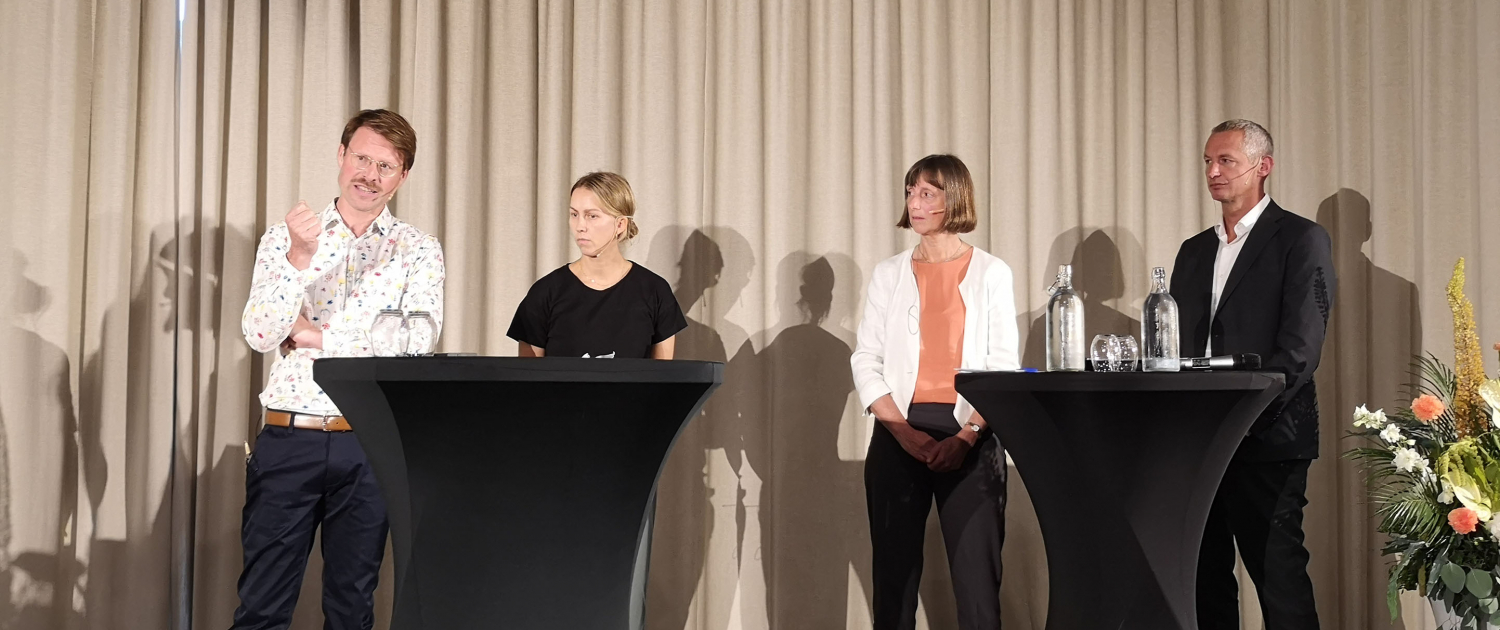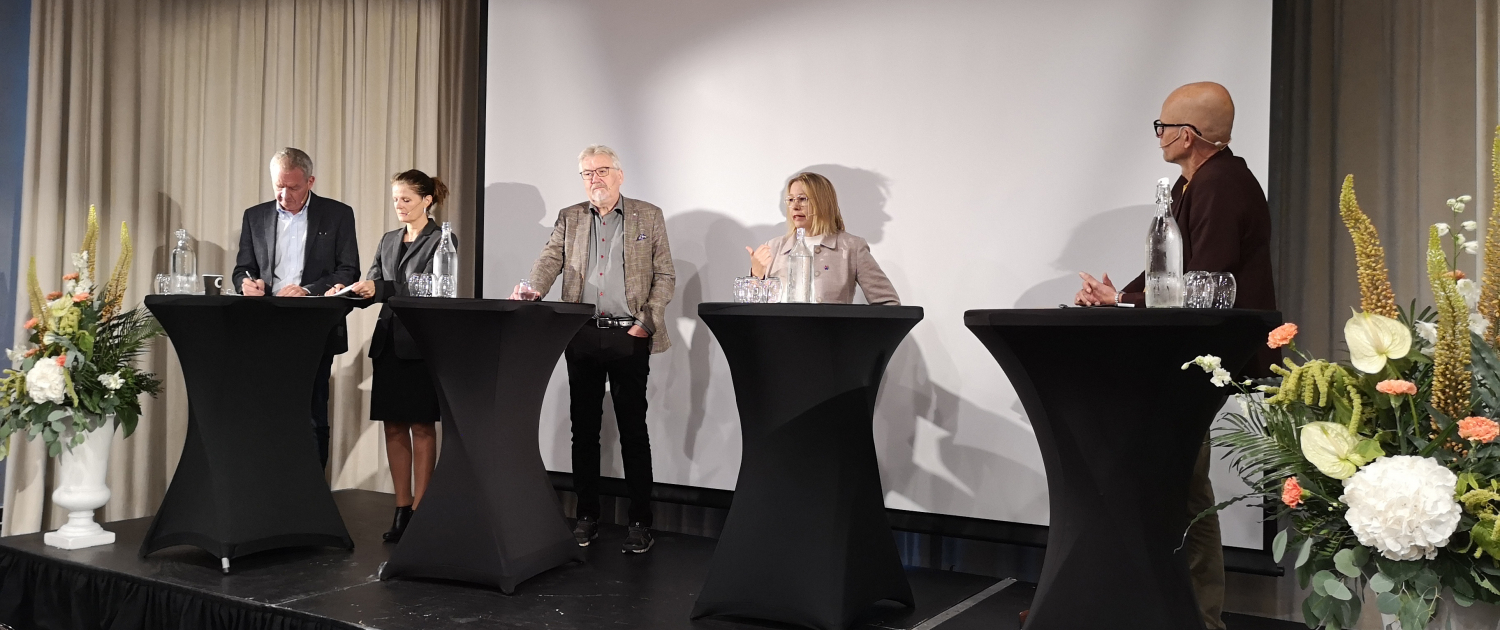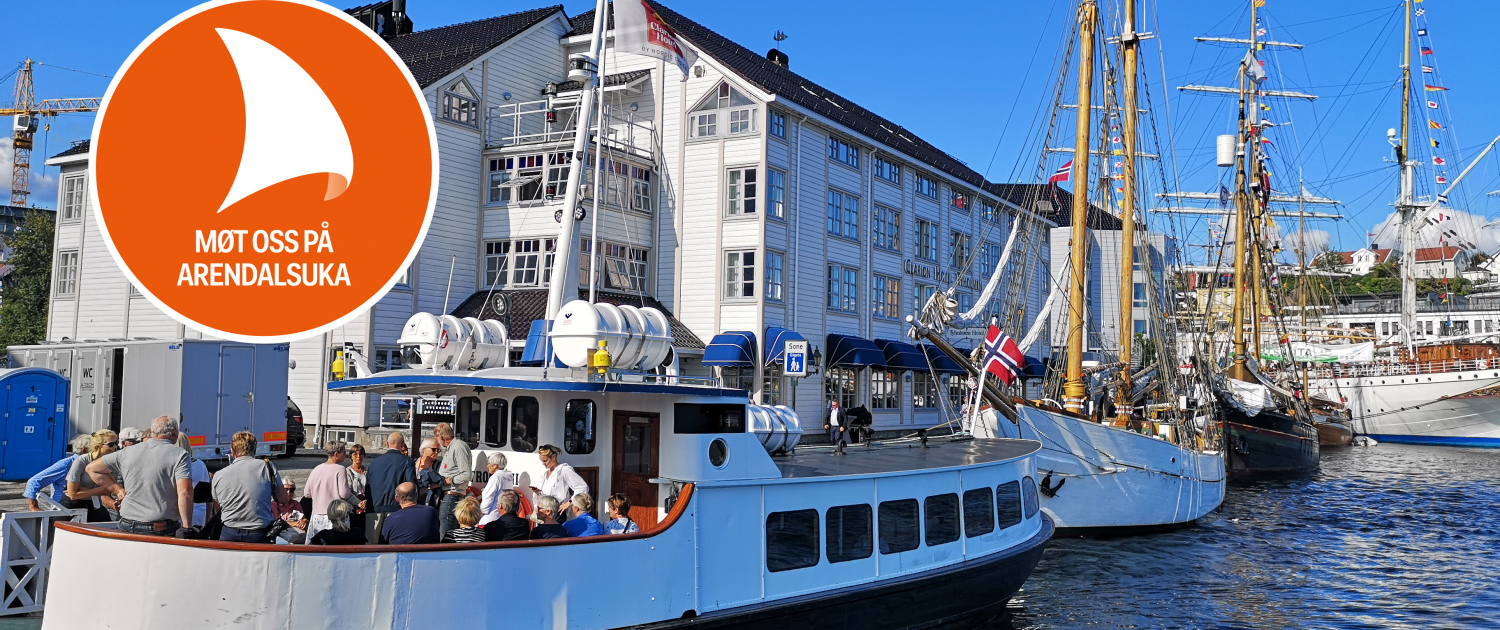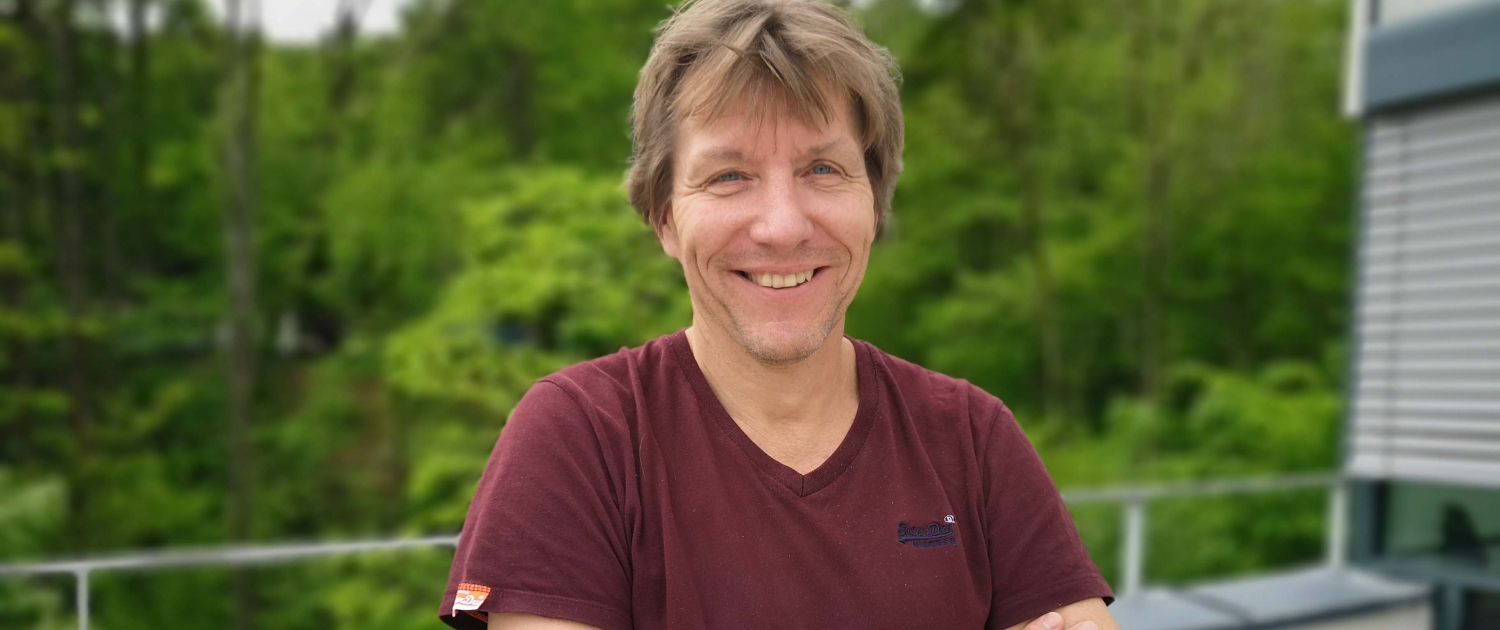Personalised medicine to relieve the health service

Smaller patient groups and targeted treatments are the future of cancer care in Norway.
It is no longer a question of if but when personalised medicine will be a reality for all cancer patients in Norway. This was a key message in a recent meeting arranged by the public-private consortium CONNECT during Arendalsuka, where the resource crisis in the health service was discussed.
Forward-looking health authorities
Ulrich Spreng, Chief Medical Officer of the South-Eastern Regional Health Authority (Helse Sør-Øst), underlined how critical personalised treatments will be in the future. Spreng sits in the Decision Forum of New Methods, the national system that manages the introduction of new treatments in Norway. The Decision Forum looks at three criteria; the severity of the disease, the effect of the treatment and the resources it requires.
“If you can target treatment better according to an individual patient’s genetic profile, there will be a greater effect. This makes it easier to implement that drug since it is a different relationship between resources and effect than when you treat a large patient group where many do not have an effect. It is important for us to separate a total patient group into subgroups according to their genetic profile. This is very exciting for New Methods!” Spreng commented.
Urgent lack of resources
The Norwegian health service faces a lack of resources and personnel, according to an investigation by the Health Personnel Commission in 2022. Gro Live Fagereng, Coordinator Precision Cancer Medicine at Oslo University Hospital, agreed this is a major challenge:
“We have limited time and finances in the health service, so we must prioritise the available resources. Both personalised medicine and research in general form the basis for making the best priorities. We need to invest in research to make the most of our resources. I hope and believe we will have a more systematic and learning health service in the future; that we will learn more from patients, so we can update treatments and make better priorities.”
Åsmund Flobak, oncologist at St. Olavs Hospital, explained how personalised medicine enables us to learn from patients:
“Traditionally, we have treated patients on a group level, but we know that patients are different; some respond and some do not. The goal is to find out which biomarkers relate to which treatments. We have worked to establish publicly financed precision diagnostics through InPreD and we give patients precision treatment through IMPRESS. A third of us will at some point get cancer, so we must implement better treatments.”
Watch this video (in Norwegian) to understand personalised medicine:
Health economists also agree that this strategy can help to save resources.
“When a patient gets the right treatment, you avoid giving a treatment that doesn’t work well enough first and there are fewer side effects. The consequence is less use of resources in the health service and we can live better lives,” commented Erik Magnus Sæther, Partner at Oslo Economics.
Public-private collaboration needed
Karoline Knutsen, Manager Market Access at Legemiddelindustrien (LMI), said that the vision for the future looks grim:
“The number of people of working age will decrease, while there will be more elderly in need of health services. We will see more chronically ill people with complex diseases. We believe new technologies and treatments are part of the solution, so more of us can keep working. The success of implementation of personalised medicine relies not just on financial investments, but also on contributions from many key players and stakeholders. Everyone must sit around the same table.”
CONNECT was set up to be that table, as a public-private consortium driving the implementation of precision cancer medicine in Norway. Since 2020, CONNECT has gathered 30 partners, including industry, patient organisations, university hospitals and several governmental institutions.
“We need to nurture this collaboration, develop it and use it in more areas,” commented Thomas Axelsen, Head of Politics at the Norwegian Cancer Society. “Personalised medicine in cancer needs to happen, no matter what. It is just about how fast we want it to happen. If we do it faster, we can save patients’ lives.”
Political ambitions
The government’s ambition is also high in this area, as seen in the Strategy for Personalised Medicine launched in January 2022.
“Personalised medicine should be an integrated part of the specialist health service. We need to develop the health service in a way that maximises value creation, both for the individual and for society as a whole,” said Truls Vasvik, State Secretary of the Ministry of Health and Care Services.
“Our doors are always open. We need to talk together about the development of competences, research and new price models; how we can get documentation of small patient groups and single treatments with uncertain long-term effects,” added Vasvik.
The post Personalised medicine to relieve the health service first appeared on Oslo Cancer Cluster.






